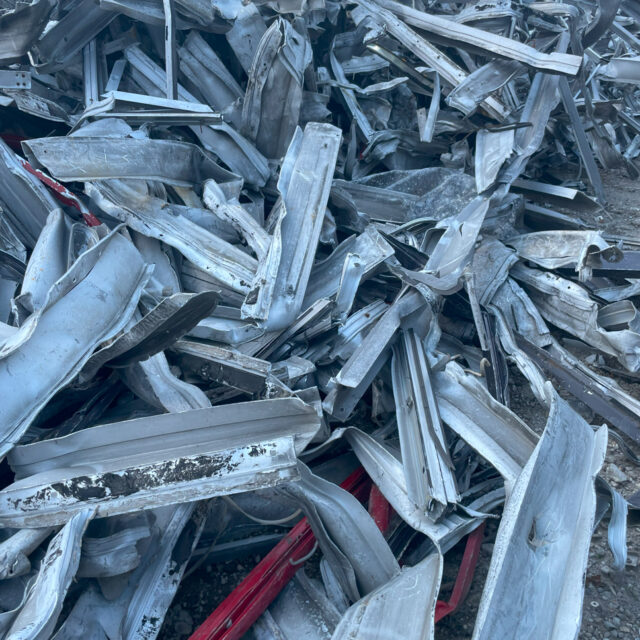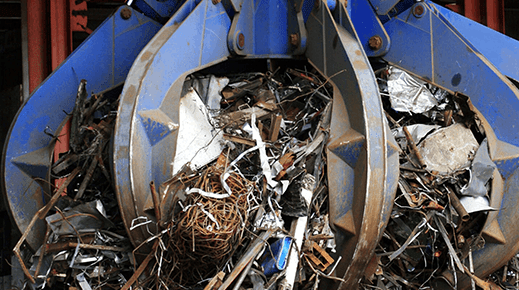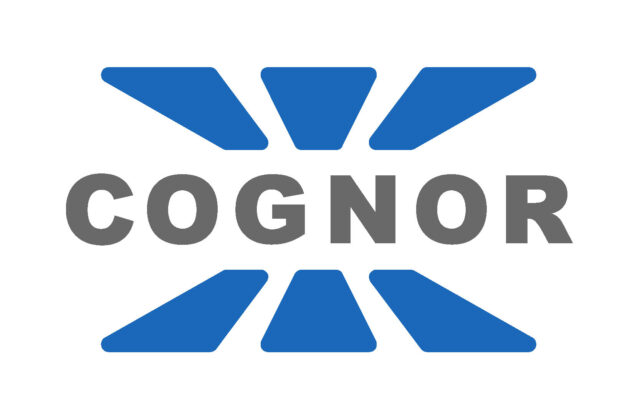Blog
Steel scrap input – a key raw material for the steel industry
Charge-Grade Steel Scrap – Key to Efficient and Sustainable Steel Production
In the era of a circular economy, the reuse of secondary raw materials is gaining increasing importance. One of the most valuable among them is charge-grade steel scrap – a material essential to the functioning of steel mills, the metallurgical industry, and steel production. But what exactly is this type of scrap, and why does it play such a crucial role?
What is Charge-Grade Steel Scrap?
Charge-grade steel scrap is a selected type of steel scrap that meets specific quality and technical standards, making it suitable for direct use in steelmaking furnaces as charge (i.e., raw material for remelting). This means it does not require additional cleaning or sorting – it can go straight into new steel production.
Types of Charge-Grade Scrap
Several types of steel scrap can be classified as charge-grade:
-
Cut steel scrap – steel elements cut to specified lengths, such as beams, rods, or angles.
-
Heavy plate scrap – large pieces of thick industrial sheet metal, suitable for direct melting.
-
Industrial scrap – production waste from metalworking plants, often with high chemical purity.
To be classified as charge-grade, scrap must meet strict quality criteria – free from contaminants, non-metallic impurities, or paint coatings.
Why is Charge-Grade Scrap So Important?
-
Direct Energy Savings
Using charge-grade scrap eliminates the need for additional processing, making the entire steel production process more energy efficient. -
Reduction in CO₂ Emissions
Producing steel using scrap, especially charge-grade, generates significantly fewer greenhouse gases than smelting iron ore. -
Shortened Production Time
Ready-to-melt steel scrap speeds up the work of steel mills and allows for more efficient production planning.
Where Does Charge-Grade Scrap Come From?
It most often comes from:
-
Dismantling of steel structures – such as bridges, halls, or warehouses.
-
Heavy industry – manufacturing waste.
-
Vehicle recycling – after disassembly and removal of non-metallic components.
Recycling and the Future of Charge-Grade Steel Scrap
As environmental pressures and sustainable production goals increase, the demand for high-quality charge-grade steel scrap will only grow. That’s why it is crucial to focus on quality from the very beginning – during the collection and sorting of steel waste. Proper preparation of steel scrap offers not only environmental benefits but also real savings for industry.
Let me know if you’d like this turned into a professional blog article, PDF for printing, or a ready WordPress post with SEO formatting.
Last news

Contaminated aluminum waste – a challenge and opportunity for recycling
Aluminum is one of the most widely used metals in the world – it’s lightweight, durable, and resistant to corrosion…

Metal recycling – why is it worth it and how does it work?
In an era of growing environmental awareness, metal recycling is gaining importance.






